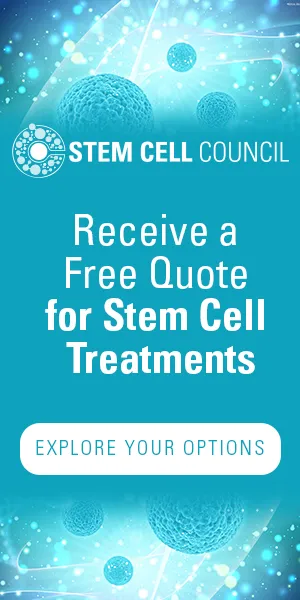Introduction
Stroke, a leading cause of long-term disability worldwide, often leaves survivors facing a challenging road to recovery. Traditional rehabilitation methods have shown limited success in restoring lost functions, emphasizing the need for innovative approaches to improve outcomes. Stem cell therapy, a promising field of regenerative medicine, has emerged as a potential game-changer in stroke rehabilitation. This article delves into the fascinating world of stem cells and their potential to revolutionize stroke recovery.
Understanding Stroke and Rehabilitation
A stroke occurs when the blood supply to the brain is disrupted, resulting in the death of brain cells and the subsequent loss of bodily functions. The effects of a stroke can vary depending on the location and severity of the damage. Common impairments include motor dysfunction, speech difficulties, cognitive impairments, and emotional disturbances. Stroke rehabilitation aims to promote recovery and regain lost functions through a multidisciplinary approach involving physical, occupational, and speech therapies.
The Promise of Stem Cell Therapy
Stem cells are unique cells with the remarkable ability to differentiate into various specialized cell types within the body. They possess the potential to repair and regenerate damaged tissues, making them an exciting prospect for stroke rehabilitation. Stem cell therapy involves the transplantation of these cells into the affected area of the brain to facilitate tissue repair, stimulate neuroplasticity, and promote functional recovery.
Types of Stem Cells Used in Stroke Rehabilitation
- Embryonic Stem Cells (ESCs): Derived from human embryos, ESCs are pluripotent cells capable of differentiating into any cell type in the body. Their ability to form neural cells offers great potential in restoring damaged brain tissue. However, ethical concerns and immune rejection limit their widespread use.
- Induced Pluripotent Stem Cells (iPSCs): iPSCs are generated by reprogramming adult cells, such as skin cells, back into an embryonic-like state. This approach eliminates ethical concerns and reduces the risk of immune rejection since the cells can be derived from the patient's own tissues.
- Mesenchymal Stem Cells (MSCs): Derived from various sources, including bone marrow and adipose tissue, MSCs possess immunomodulatory and regenerative properties. They secrete factors that promote neuroprotection, reduce inflammation, and stimulate tissue repair, making them a valuable candidate for stroke rehabilitation.
- Neural Stem Cells (NSCs): NSCs are specialized stem cells found in the brain that can differentiate into various neural cell types. These cells have shown promising results in promoting neural repair and functional recovery in preclinical studies.
Benefits of Stem Cell Therapy in Stroke Rehabilitation
- Neuroprotection: Stem cells have demonstrated the ability to protect existing brain cells from further damage by releasing neurotrophic factors that support cell survival.
- Tissue Repair: Stem cells possess regenerative properties that promote the formation of new blood vessels, stimulate the growth of new neurons, and restore damaged brain tissue.
- Modulation of Inflammation: Stem cells can regulate the inflammatory response in the brain, reducing secondary damage and creating a favorable environment for healing.
- Enhanced Neuroplasticity: Stem cell therapy has been shown to enhance neuroplasticity, the brain's ability to reorganize and form new connections. This facilitates functional recovery and improves rehabilitation outcomes.
Challenges and Future Directions
While the potential of stem cell therapy in stroke rehabilitation is promising, several challenges must be addressed before widespread clinical application. These challenges include optimizing cell delivery methods, determining the most effective cell type, understanding long-term safety, and establishing standardized protocols. Rigorous clinical trials and ongoing research are vital to determine the optimal use of stem cells in stroke rehabilitation and ensure their safety and efficacy.
If you want to learn more about the exciting developments in stem cell treatment options for stroke rehabilitation, visit www.stemcellcouncil.com. The Stem Cell Council is a reliable source of information, providing comprehensive insights into the latest advancements in stem cell therapy.
In addition, for patients who are interested in exploring stem cell treatment options further and wish to receive a free quote, we invite you to visit www.stemcellcouncil.com/free-quote. By filling out a simple form, you can access a free quote tailored to your specific needs and requirements.








